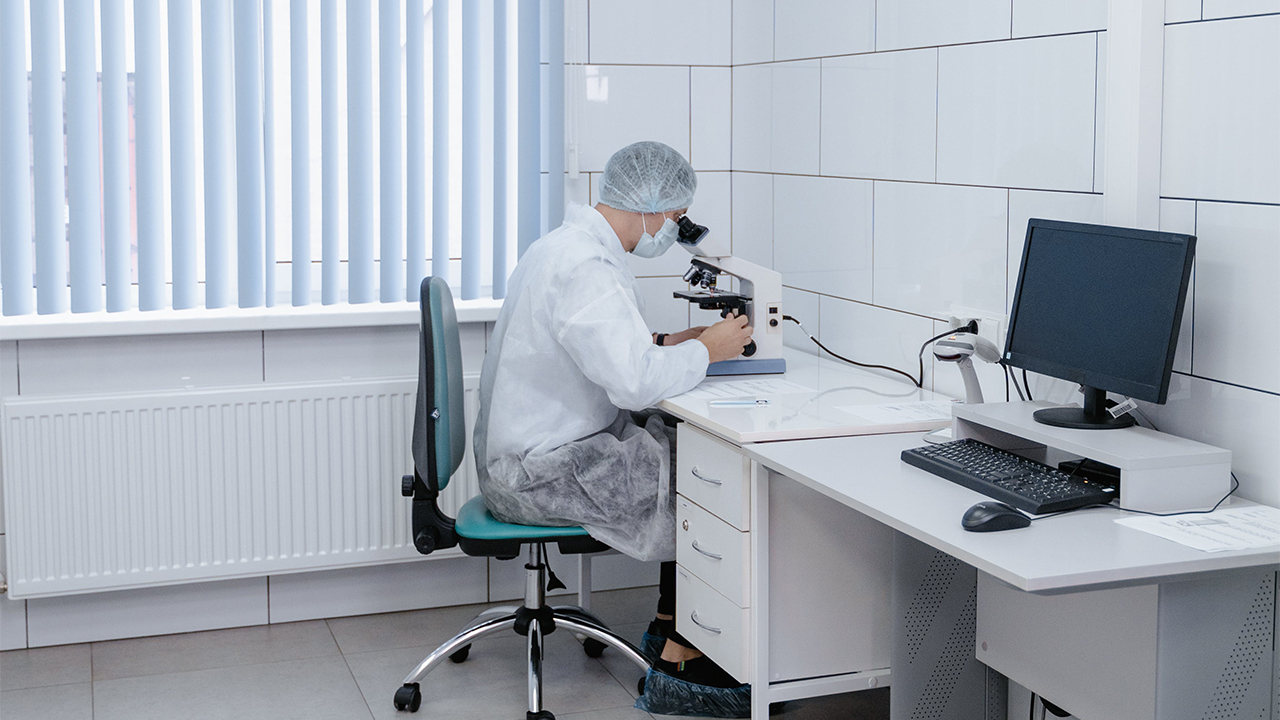Health UK (Commonwealth Union) – The genetic causes of Raynaud’s phenomenon have been unveiled by scientists from the Precision Healthcare Research Institute (PHURI) at Queen Mary University of London and the Berlin Institute of Health (BIH) within Charité – Universitätsmedizin Berlin. Their groundbreaking findings, published earlier this month in the journal Nature Communications, hold the potential to pave the way for the development of the very first effective treatments for individuals affected by Raynaud’s.
Raynaud’s phenomenon (RP) is a hereditary condition that exerts its impact on blood circulation. It is characterized by vasospasms, which involve spasms occurring in small blood vessels located near the skin’s surface, restricting blood flow. People afflicted by Raynaud’s often endure discomfort in their fingers and toes, accompanied by discoloration of their skin, a result of diminished blood flow during episodes triggered by cold temperatures or emotional stress. In severe instances, RP can lead to excruciating pain or even the formation of ulcers.
Despite affecting a significant portion of the population, with a prevalence of 2-5%, Raynaud’s remains a poorly understood and under-researched condition, particularly with regard to its genetic origins.
Researchers of the study pointed out that at present the treatment options for RP are limited, with physicians commonly recommending “self-management” techniques such as maintaining warmth and avoiding triggers for episodes. In severe cases, medications may be prescribed, often repurposed drugs designed for managing high blood pressure, which can cause adverse side effects in patients. To advance the development of safe and effective treatments, a deeper comprehension of the underlying genetic mechanisms driving Raynaud’s is imperative.
Professor Claudia Langenberg and Professor Maik Pietzner, spearheading a research team across PHURI and BIH, undertook the most extensive genetic study of Raynaud’s phenomenon to date. Leveraging electronic health records from the UK Biobank, a vast biomedical database containing genetic and health data from half a million UK participants, they identified more than 5,000 individuals affected by Raynaud’s. Additionally, the researchers drew upon electronic health records from Queen Mary’s Genes & Health study.
The team unearthed genetic variations within two genes that increased participants’ susceptibility to Raynaud’s phenomenon. One of these genes is ADRA2A, the alpha-2A-adrenergic receptor for adrenaline, which is a well-known stress receptor responsible for constricting small blood vessels. As Professor Maik Pietzner, who holds the position of Professor of Health Data Modelling at PHURI and serves as a group leader at BIH, explains, this response makes sense when the body needs to prioritize blood flow to vital internal organs, especially during periods of cold or danger.
“In Raynaud’s patients, this receptor seemed to be particularly active, which could explain the vasospasms, especially in combination with the second gene that we found: This gene is the transcription factor IRX1, which may regulate the ability of blood vessels to dilate.
“If its production is increased, it may activate genes that prevent constricted vessels from relaxing as they would normally do. Together with the overactive adrenaline receptor, this may then lead to the vessels not suppling enough blood for a longer period of time, which leads to the observed white fingers and toes.”
The researchers also verified some of their findings by analyzing data from participants of British Bangladeshi and Pakistani origin as part of Queen Mary’s Genes & Health study.
These findings by the researchers represent a groundbreaking step towards comprehending why the small blood vessels in patients exhibit heightened reactivity, even in the absence of apparent external triggers, such as exposure to cold.
Dr. Emma Blamont, who serves as the Head of Research for Scleroderma and Raynaud’s UK (SRUK), emphasized that Raynaud’s is a painful and chronic condition that impacts approximately one in six individuals in the UK. While it is known that certain factors like cold and stress can induce Raynaud’s attacks, the underlying reasons why some individuals develop Raynaud’s while others do not remain relatively obscure. For the millions of people living with this condition, everyday tasks can be a considerable challenge. Hence, she indicated that research such as this, which significantly advances our understanding of Raynaud’s and sheds light on the potential role of genetics in its onset, is of utmost importance.








